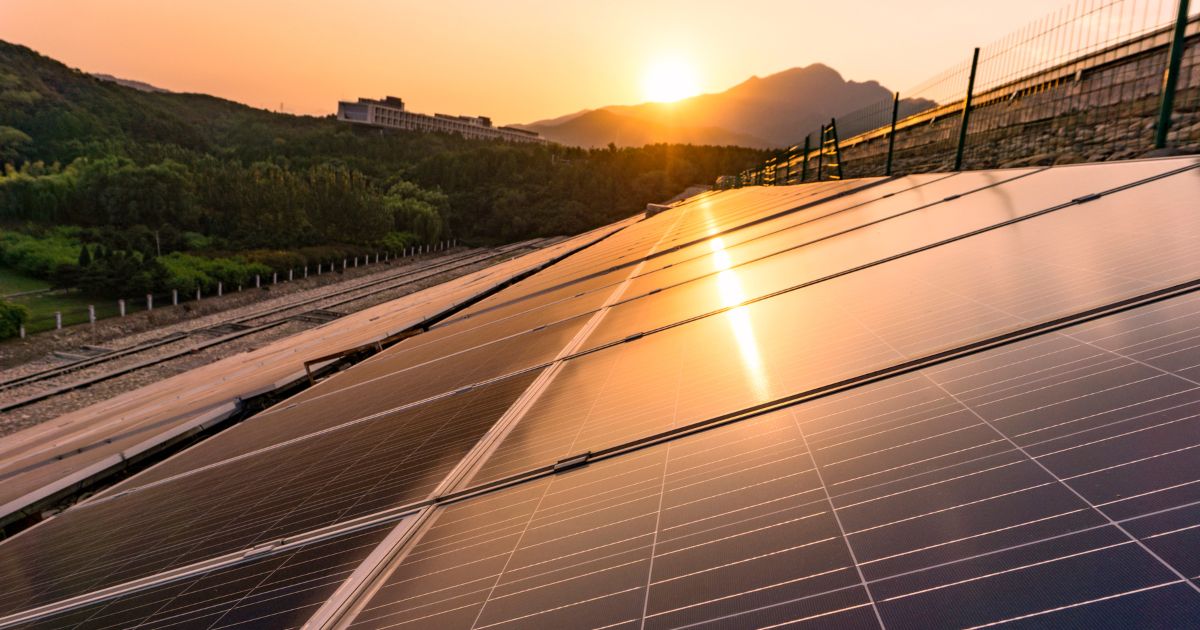This post was authored by Cyril Melikov, Senior Research Analyst of Natural Climate Solutions at EDF.
Forests planted for commercial purposes can help slow down climate change. How? With improved forestry management that uses forestry practices that increase the amount of carbon stored in commercial forests.
The idea is that foresters and land managers can put forestry practices in place that will raise the carbon levels in the plantation forests they manage, thus helping slow climate change.
For example, foresters could harvest trees at an older age than the age at which they would normally be harvested (known as extending the rotation length). Or they could plant several trees species in the same tree plantation (known as mixed planting) as opposed to planting only one tree species. Or they could add nutrients to the soil using inorganic or organic nutrient sources (known as fertilization).
All these practices could add carbon to plantation forests. Their study has gained traction over the past decade as improved forest management could represent a cost-effective and rapidly deployable natural climate solution, or NCS. It’s a promising avenue for climate change mitigation.





